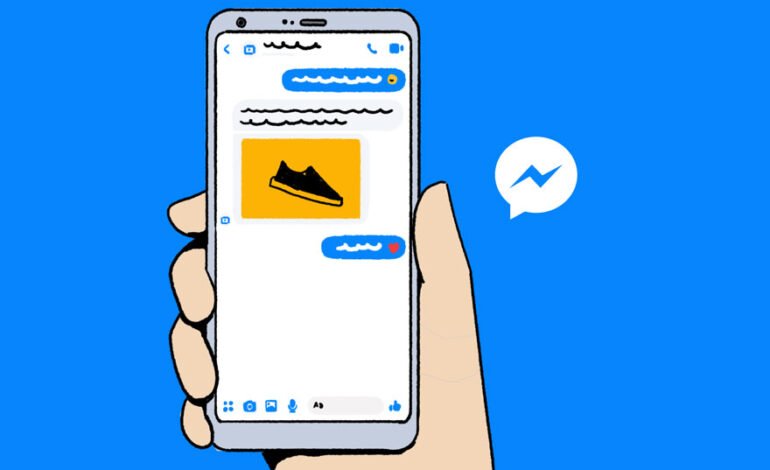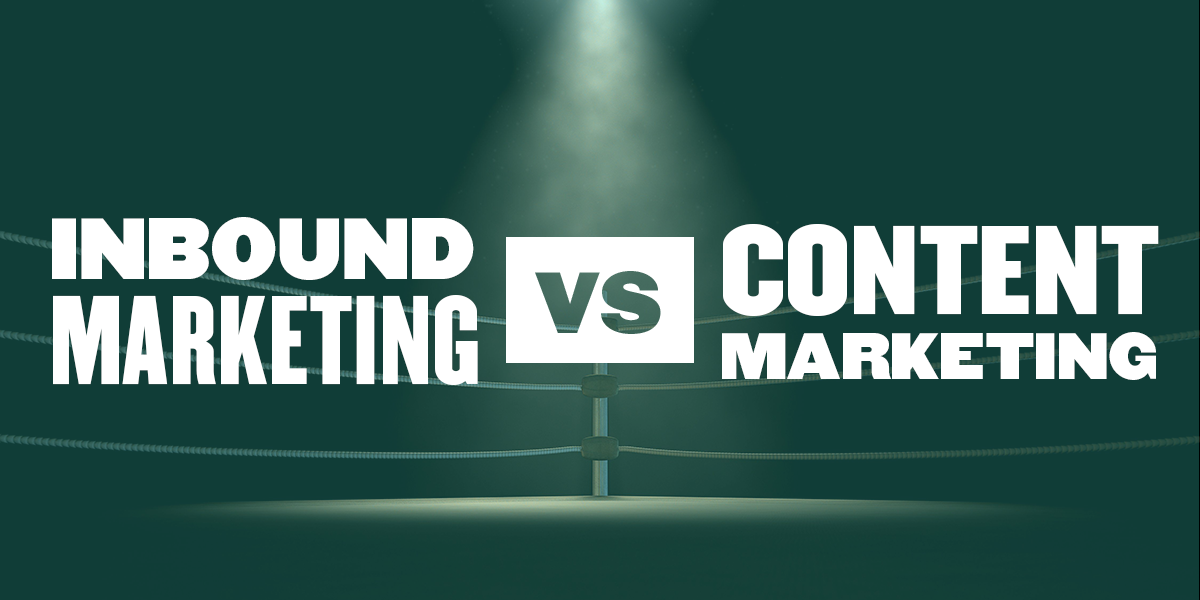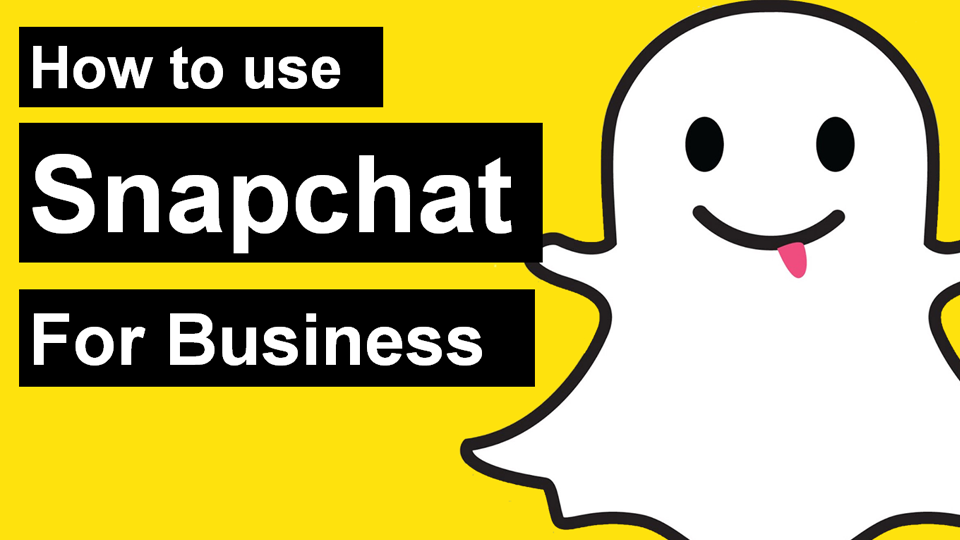What is direct marketing? Benefits and steps to run a campaign

Do you already know what direct marketing is, and have you incorporated it into your advertising strategies? This type of marketing is one of the most effective and, above all, most easily measurable, so it is essential to know it thoroughly. Therefore, in this article, you can learn what online direct marketing is, its benefits, and the steps to make a successful campaign. Let’s go!
What is direct marketing?
Direct marketing is a type of advertising campaign that seeks to provoke an action in a selected group of consumers (e.g., an order, a visit to the brand’s store or website, or a request for information) in response to a communication from the marketer. This communication can have many different formats, such as postal mail, telemarketing, point of sale… One of the most interesting is direct email marketing.
An essential aspect of direct marketing is that the consumer’s response must be measurable: for example, if you offer a discount for an online store, you must include some kind of cookie or pixel that allows you to know if the user has made use of the code.
You might be interested in reading this: 5 marketing metrics you’re probably unaware of.
Benefits of Digital Direct Marketing
1) Reach specific users with targeted offers
With direct marketing, you’ll be sending your emails or running your ads in such a way that only the people most likely to buy will see them. For example, if you have a Thai restaurant, you could only target users who live within a radius of X kilometers and have already registered a visit to a restaurant similar to yours.
On the other hand, this approach takes advantage of making it easy for users, so that they do not have to look too hard when they want to purchase a product or service.
2) Helps build personal relationships
Traditional online marketing has an impersonal component, as campaigns are launched on a large scale. Instead, direct marketing techniques seek much closer communication with customers.
If you want to exploit this feature, try adding a personal touch to your direct marketing campaigns. For example, if you’re using traditional mail to communicate with customers, you can handwrite the addresses. This way, you’ll make it clear to them that there are people behind your brand.
3) Facilitates a quick response
With traditional long-range campaigns, sometimes you have to wait very long periods to see results, and the attribution relationship is not always entirely clear. But direct marketing is different.
Instead of launching broad communications to introduce users into your conversion funnel, here you are targeting them directly to look for a direct result. This way, it’s much easier to get feedback on which actions work and which don’t.
4) Remove users who aren’t going to convert
Direct marketing makes it easier to create a very refined database, for example, by eliminating those users who are not interested in receiving communications from your brand. The new GDPR gives people the power to choose what information they want to receive.
And in the end, this is good news for brands and not an obstacle. By removing users who aren’t really interested in what you offer, you can focus on the ones that really matter.
Examples of digital direct marketing campaigns
Newsletters
Direct email marketing is one of the most interesting online channels to achieve loyalty and conversions.
Newsletters are the “bricks” that form the basis of email marketing campaigns. These are communications from the brand sent periodically to a database. Their content is generally informative, but you can also use them to highlight promotions and offers specially adapted to the target.
If you are going to use this technique, remember that with the new data protection regulation, users have to click specifically on the box to accept the sending of your newsletters.
Telemarketing
This strategy has been around for a long time, but many companies are still using it to good effect. The key is to filter the database correctly to ensure that you are only targeting potentially interested users.
Another aspect to take care of is the call script. You need to be able to quickly deduce whether you’re dealing with a potential customer or not. For example, you can ask directly, “Would you be interested in a service to reduce your spending on X?” If the user says no, it’s best to politely dismiss the call.
Branded videos
In the online environment, the traditional advertorials are recycled to become branded videos. There are many options, from the most creative and aspirational to step-by-step tutorials on how to use a product.
A very powerful option is to combine video content with your newsletters or social media advertising campaigns. This way, you can ensure that they only reach users with a real chance of converting.
Postcards
Postcards are an economical and original twist on the traditional direct mail marketing.
In general, postcards are often used for lead generation campaigns. It is important that they have a headline that is visible at first glance and that highlights the benefit of the product or service, for example, “save XXX euros on your car insurance this year”. To be able to follow up later, include a way to contact your business (e.g., through a toll-free phone number or email)
Launch your Direct Email Marketing campaign.
Ready to get started? We explain step by step how to launch a direct mailing campaign:
- Develop your contact list. The first step in developing a successful direct email marketing campaign is to know who you’re targeting. You can find many email lists by industry on the market, but you need to take your personalization further and find users who are really interested in your product. To get leads, you can try a content-based inbound marketing campaign (e.g., ebook downloads) or lead generation ads on Twitter. Whatever you do, don’t forget that you need to segment your contact list as much as possible, for example, by how often they visit your website or the products they are most interested in.
- Create the ideal email. Subject, texts, icons, call-to-action buttons… No element of your email marketing campaign should be left to chance, and to do so, you will need to align creativity and segmentation.
- Enter an identification code or pixel. As we have already seen, one of the keys to direct marketing is precisely the possibility of measuring all results. To do this, you need to include in your emails a code or pixel that identifies the users who have reached your website through this specific campaign.
- Test the campaign. Take advantage of your email campaigns to A/B test and find out what really works with your audience. Subject, images, button, shipping time… Try all possible variants.
- Get the campaign going. Send a test email to make sure everything is running smoothly and launch your campaign. But be careful: as with social networks and other digital advertising tools, you should avoid sending it at dead hours if you don’t want to fall into oblivion.
- Consumer responses. Ready! Now you just have to wait to see the reactions of your target. Leave a reasonable window of time before jumping to conclusions, as not everyone looks at your email instantly.
- Analyze the results of the campaign. Finally, you’ll need to measure how your campaign has performed. How many people have opened, clicked, or converted from your email? If you’ve tried several versions, which one has yielded better results and why? Write down the conclusions for next time, and you will see how, in a short time, you are launching effective marketing campaigns.
Remember: good planning and preparation are the key to success for digital marketers. Good luck with your direct marketing campaigns!










